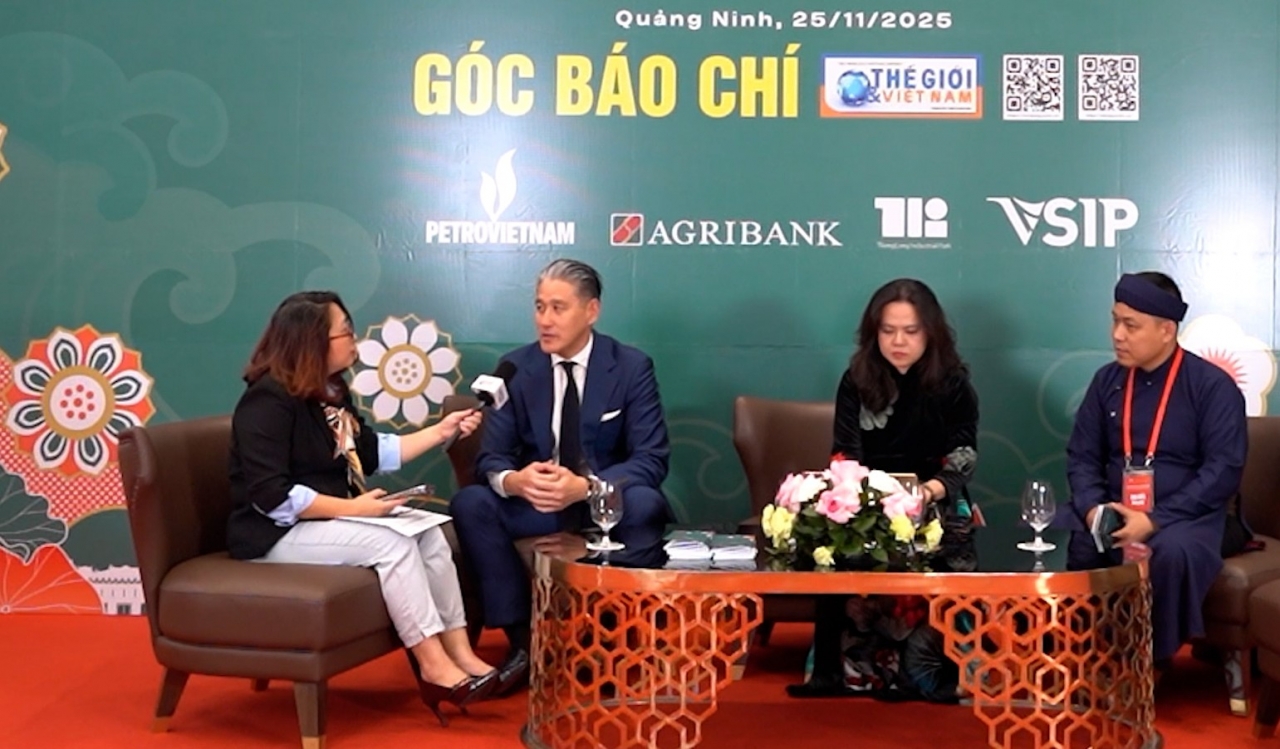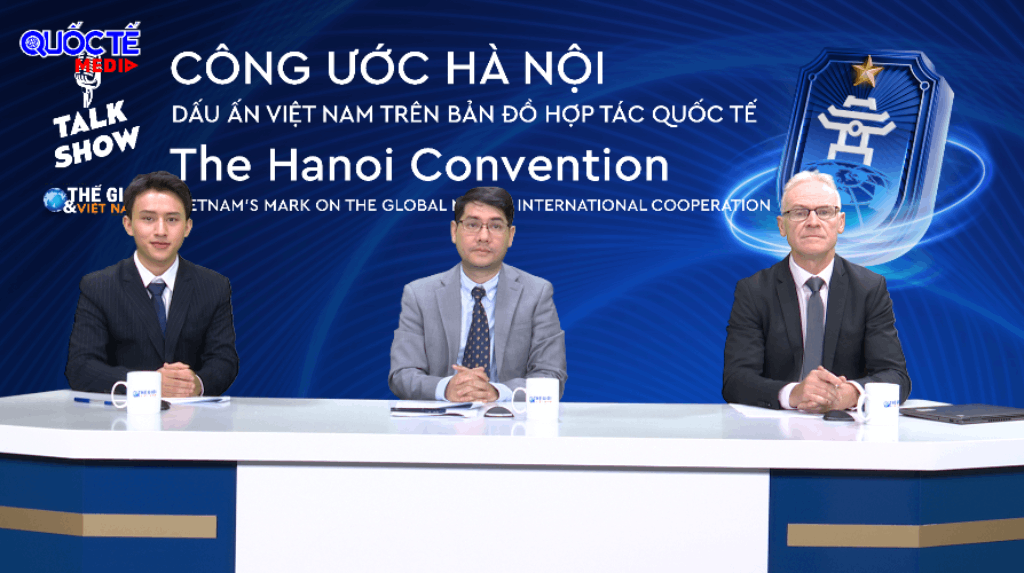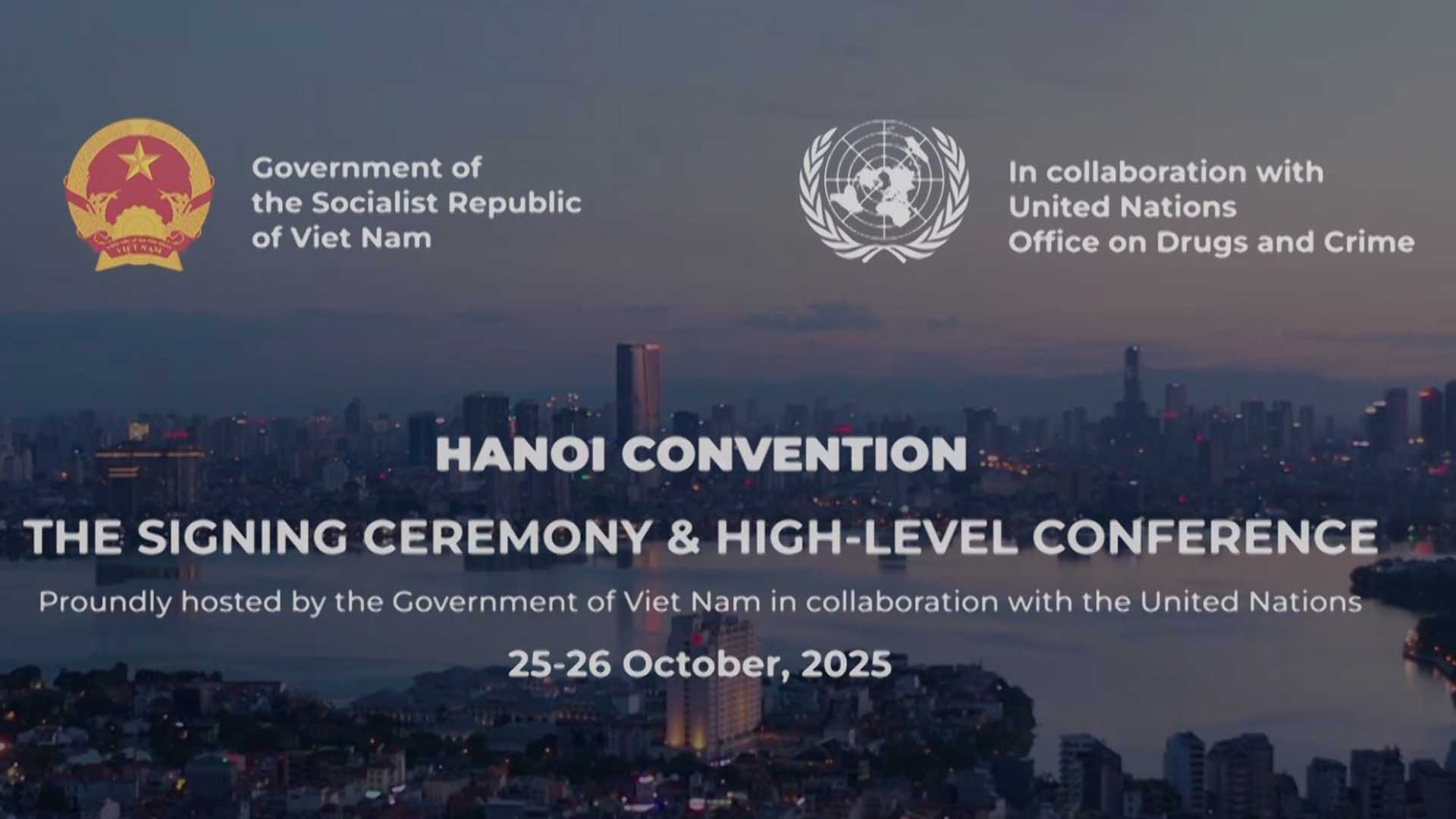
Bac Ninh affirms its position on the national and international cultural map
Latest
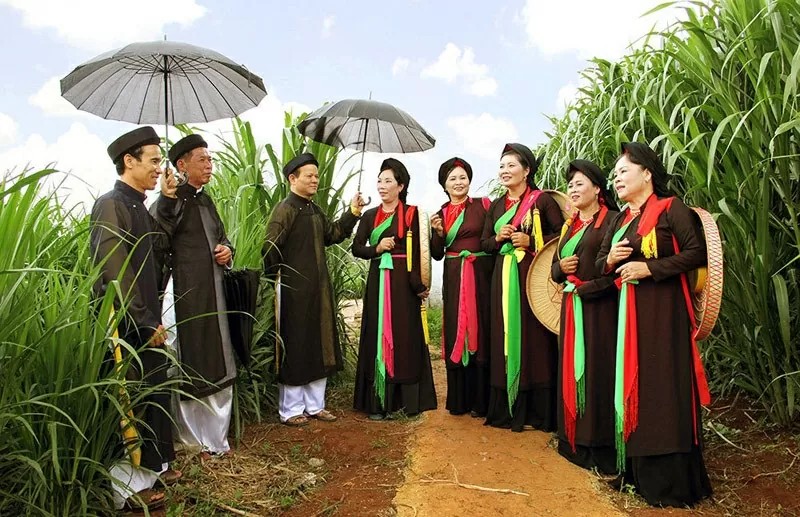 |
| Quan ho folk singing of Bac Ninh is a UNESCO Representative of the Intangible Cultural Heritage of Humanity. (Photo: Vietnamnet) |
Located at the northeastern gateway to the capital city of Hanoi, within the Northern Key Economic Region, Bac Ninh has a long-standing tradition of history and culture, serving as a convergence point for Vietnam’s rich folk heritage.
Often referred to as the "Kingdom of Festivals," Bac Ninh is home to a diverse range of folk cultural and artistic activities. Among these, Quan ho folk singing stands out as a unique and emblematic form of traditional Vietnamese performance art.
Currently, Bac Ninh is home to 1,589 prominent historical and cultural relics, including 4 recognized as Special National Relics, 204 national relics, and 457 provincial-level relics. Additionally, 18 artifacts or artifact groups from the province have been recognized as National Treasures.
Bac Ninh proudly holds four intangible cultural heritages inscribed by UNESCO: Quan ho folk songs of Bac Ninh; Ca tru singing; the practice of the Mother Goddess worship of the Three Realms; the tug-of-war ritual and game of Huu Chap village. Moreover, the province also has eight intangible cultural heritages listed in Vietnam’s National Inventory of Intangible Cultural Heritage, further affirming its cultural richness and importance.
Spreading the values of traditional culture and deepening global integration
On September 30, 2009, at the session of the Intergovernmental Committee under the 2003 UNESCO Convention, Quan ho folk singing of Bac Ninh was inscribed as a Representative Intangible Cultural Heritage of Humanity.
For more than 15 years, Bac Ninh Province has actively implemented numerous activities to fulfill its commitments to UNESCO in preserving and promoting the heritage’s value. The province has dedicated significant resources to introducing and promoting Quan ho folk songs to international audiences.
In addition to Quan ho, Bac Ninh is also renowned for another form of folk art Dong Ho folk paintings—a unique traditional woodblock painting craft entirely done by hand using natural materials. The distinctiveness of Dong Ho paintings lies in their themes, colors, materials, and techniques—all of which carry the essence of rural life and the cultural spirit of the Kinh Bac region. These works of art have become an integral part of the people’s lives.
In 2013, the Dong Ho folk painting craft was officially recognized as a National Intangible Cultural Heritage. Since then, various authorities and organizations have taken initiatives to preserve and promote the value of this traditional craft.
Recognizing that this valuable folk art is at risk of fading, the Government of Vietnam has decided to submit the Dong Ho folk painting craft for inclusion in UNESCO’s List of Intangible Cultural Heritage in Need of Urgent Safeguarding, with the aim of obtaining recognition in 2025.
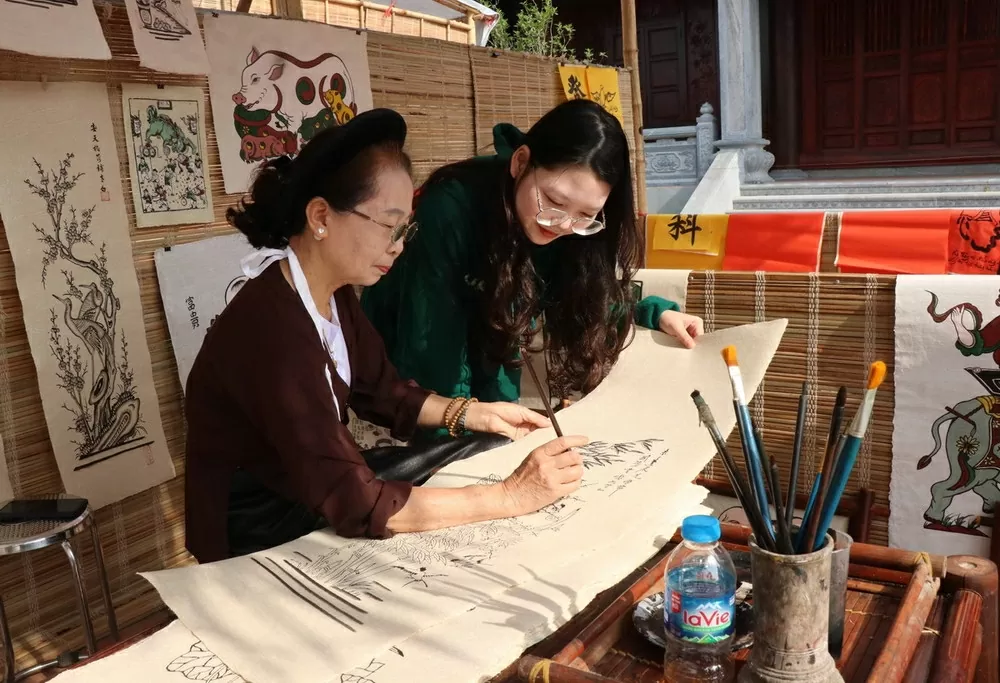 |
| In 2013, the craft of making Dong Ho folk paintings was recognized as a National Intangible Cultural Heritage. (Photo: VietnamPlus) |
The nomination file is currently under review by the Evaluation Body of the UNESCO 2003 Convention, which will present its recommendations to the Intergovernmental Committee. The final decision is expected to be announced by the end of this year.
In recent years, Bac Ninh has been affirming its status on both the national and international cultural map, making important contributions to promoting its image, spreading traditional cultural values, and fostering international cooperation and deeper global integration.
Recognizing culture as both a spiritual foundation and a strategic asset in the process of integration, Bac Ninh has actively organized a wide range of vibrant activities. These include the program “The Quintessence of Bac Ninh Culture – Colours of Dong Ho” held at the pedestrian zone in Hanoi, and free weekend tours from March through the end of June 2025, which have attracted thousands of visitors to local craft villages and cultural-historical relics. These efforts aim to showcase Bac Ninh’s cultural and tourism offerings to domestic and international audiences.
A remarkable highlight is the increasing international presence of Bac Ninh’s cultural heritage through exchanges and cooperation. Welcoming delegations from countries such as Laos, the United States, Poland, Azerbaijan, Pakistan, China, and Japan, Bac Ninh has gone beyond traditional diplomatic ceremonies to engage in meaningful cultural dialogues. These interactions have allowed the province to present its cultural and tourism potential while opening new opportunities for investment and cooperation.
Most recently, on May 20, a delegation from the Department of Culture, Sports and Tourism of Bac Ninh province, along with the Vietnam Institute of Culture, Arts and Tourism, held a working session with the Permanent Delegation of Vietnam to UNESCO in France. The purpose of the visit was to study international experiences and exchange expertise in the field of intangible cultural heritage preservation, further demonstrating Bac Ninh’s proactive role in cultural diplomacy and sustainable heritage development.
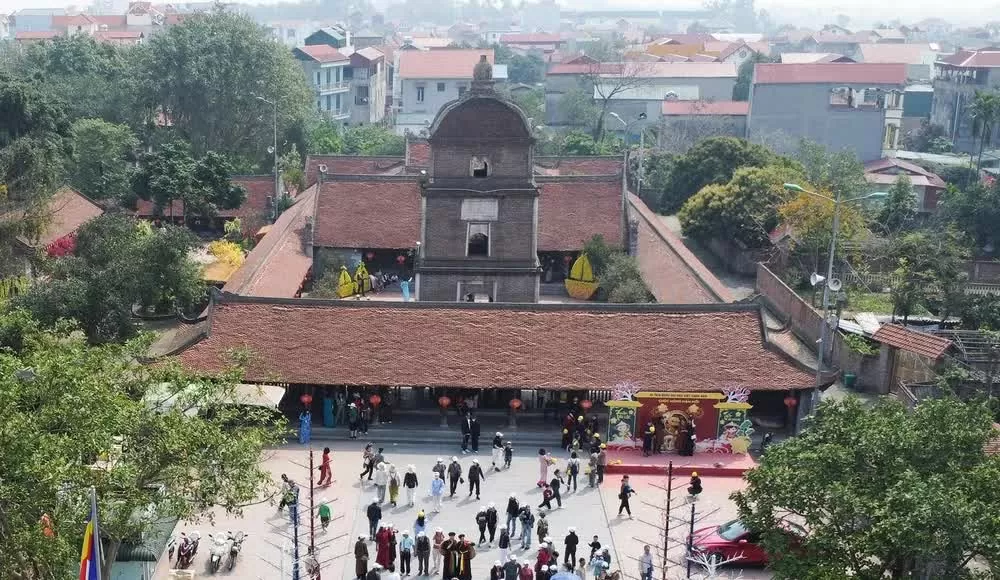 |
| In 2025, Bac Ninh continues to allocate resources for cultural development. (Photo: Giao Duc Thoi Dai) |
Cultural development linked with tourism
According to Trinh Huu Hung, Director of the Bac Ninh Provincial Department of Culture, Sports and Tourism, in recent years the province has effectively implemented Party resolutions, directives, and conclusions on the development of culture and human resources. In particular, Bac Ninh has comprehensively carried out Resolution No. 33-NQ/TW of the 11th Party Central Committee. Notably, right after the National Cultural Conference, on August 29, 2022, the province issued Resolution No. 71-NQ/TU on “Building and developing Bac Ninh’s culture and people by 2030 to meet the requirements of sustainable development.”
Cultural development in association with tourism has been identified as a compass—of vital importance both in vision and in prioritizing the allocation of resources for building and developing Bac Ninh's culture and people in the new era.
In 2025, Bac Ninh continues dedicating resources to cultural development. The province aims for 100% of district - and commune-level administrative units to be equipped with adequate cultural infrastructure; and will preserve, restore, and develop cultural works and revolutionary historical relics in parallel with tourism development.
At the provincial level, efforts focus on continued investment in building key cultural facilities such as the Quan ho Folk Song Practice House, a national-standard cinema centre, and an information, trade fair, and exhibition centre. The province also will upgrade or construct new facilities including the Provincial Cultural Centre, the Provincial Museum, the Provincial Library, the Bac Ninh Quan ho Folk Song Theater, and the Provincial Youth Cultural Palace. (The Provincial Cultural Centre will be merged with the Quan ho Folk Song Theater into the Bac Ninh Quan ho Folk Song Theater; the Museum will be merged with the Centre for Heritage Conservation and Tourism Promotion into the Museum and Tourism Promotion Centre.)
Strengthening cultural investment in proportion to economic growth and narrowing regional disparities is a key policy Bac Ninh has pursued and will continue to implement in the future.
“The Bac Ninh cultural sector is seizing opportunities, leveraging its strengths, advising on policy improvements, removing bottlenecks, and generating new driving forces in building and developing Bac Ninh's culture and people—catching up with and innovating toward breakthrough thinking and creativity in this new national era,” emphasized Director Trinh Huu Hung.







